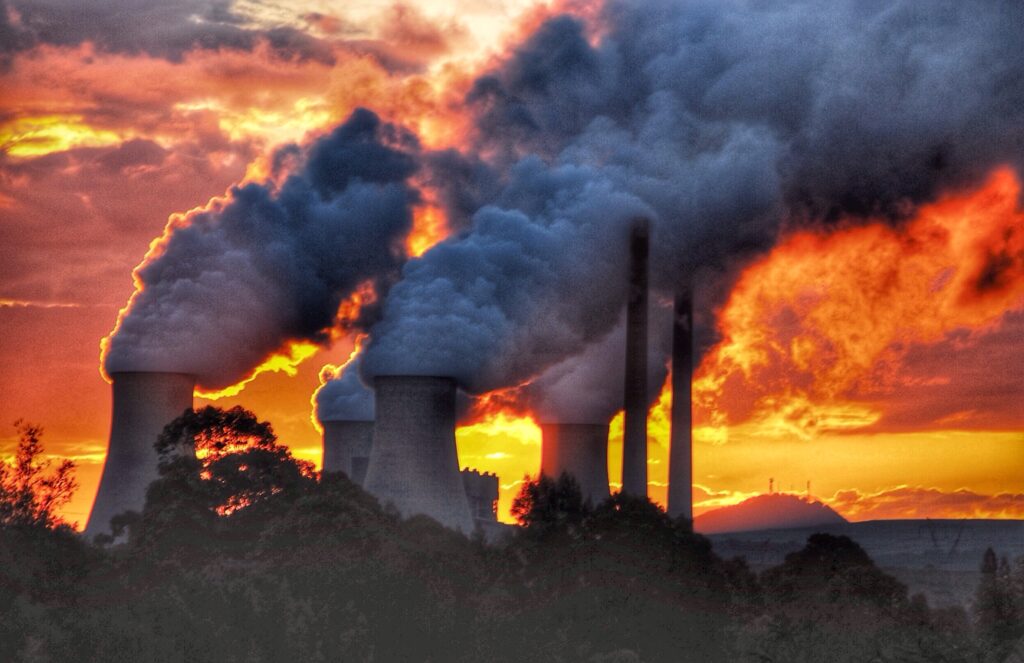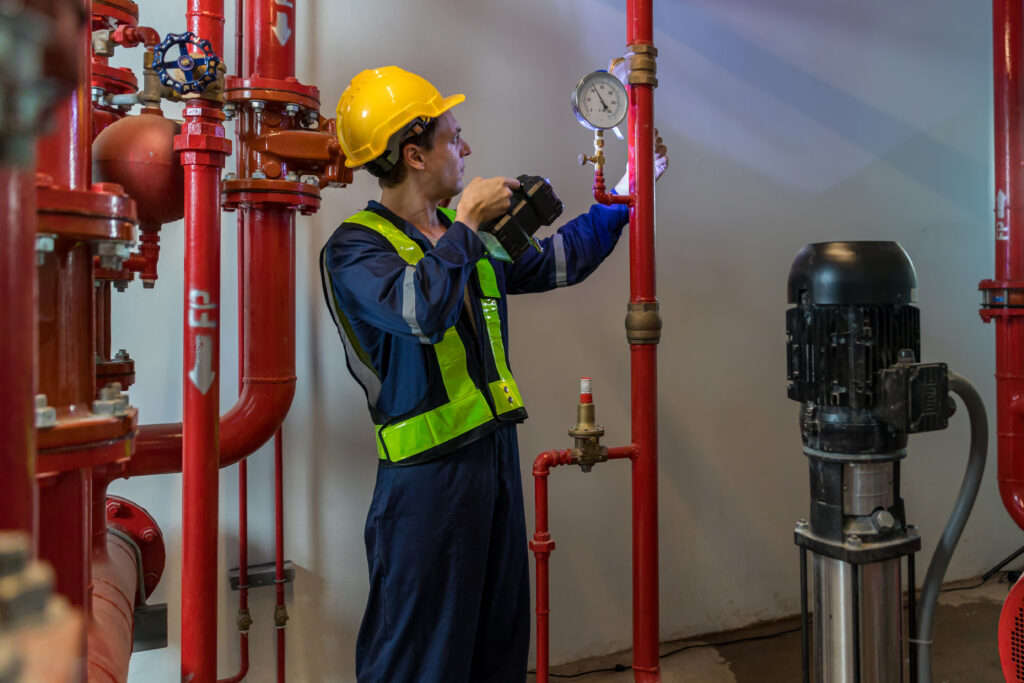Fire safety in nuclear power plants is a critical aspect of operations, and it’s a topic that FAT FINGER, a leading digital workflow procedure builder, is deeply invested in. FAT FINGER empowers front-line teams to perform their work correctly every time, ensuring safety and operational excellence. This article will delve into the importance of fire safety protocols in nuclear power plants, the role of digital workflow tools like FAT FINGER, and how these protocols are implemented and maintained.
The Importance of Fire Safety in Nuclear Power Plants
Fire safety holds an extremely crucial place in the operation and management of nuclear power plants because of the massive risk potential for catastrophic consequences. The outcome of a fire can be devastating, leading to an uncontrollable nuclear event, a situation that can trigger far-reaching and long-lasting effects on human life and the environment.
One of the primary reasons why fire safety is so important in nuclear power plants is that a fire can lead to a loss of critical control systems. These systems serve as the lifeline of the power plants, controlling and regulating the production and distribution of nuclear energy. If these systems fail or malfunction due to a fire, the nuclear power plant could become dangerous, leading to a nuclear incident. Such an incident could result in the undesired release of radiation or even a nuclear meltdown, both of which have devastating effects.

Therefore, to prevent such scenarios, stringent fire safety protocols are absolutely essential in nuclear power plants. These protocols are meticulously designed and they encompass a broad spectrum of measures including, but not limited to, fire detection, fire suppression, evacuation protocols, regular fire safety drills, and continuous safety training for the staff.
Furthermore, fire protocols also involve establishing and maintaining multiple layers of safety measures. This includes installing fire-resistant materials, establishing fire compartments to prevent fire spread, implementing automatic fire detection and suppression systems, and maintaining robust emergency response capabilities.
Moreover, these fire safety protocols are not static. They are regularly reviewed and updated to incorporate the latest technology and knowledge in fire safety. This continuous improvement process ensures that the fire safety measures in place are the most effective and efficient in preventing and controlling fires in nuclear power plants.
Fire Safety Protocols: An Overview
Fire safety protocols in nuclear power plants are comprehensive and multifaceted. They include:
1. Fire Detection Systems: Nuclear power plants are equipped with sophisticated fire detection systems. These systems are capable of identifying the slightest signs of a fire and alerting the staff immediately. This allows for an instant response, which can prevent a small fire from escalating into a larger problem.
2. Fire Suppression Systems: In case a fire does break out, nuclear power plants have robust fire suppression systems in place. These systems use a variety of methods to extinguish fires, such as water, foam, and inert gas.
3. Regular Inspections and Maintenance: Fire safety equipment is regularly inspected and maintained to ensure it is always in optimal working condition. This includes testing fire alarms, sprinklers, and emergency lighting, among other things.

4. Emergency Response Plan: Every nuclear power plant has a detailed emergency response plan in place. This plan outlines the steps that need to be taken in case of a fire, including evacuation routes, assembly points, and communication strategies.
5. Fire Safety Training: Staff at nuclear power plants receive extensive fire safety training. This ensures that they know how to respond effectively in case of a fire, minimizing the risk of injury and damage to the plant.
6. Fireproof Materials and Design: The design of nuclear power plants incorporates fire-resistant materials and features. This includes the use of fire doors, fire-retardant materials, and compartmentalization to prevent the spread of fire.
7. Regular Fire Drills: Regular fire drills are conducted to ensure that all staff members are familiar with the emergency response plan and know what to do in case of a fire. This helps to ensure a swift and efficient response.
8. Fire Safety Audits: Regular audits are conducted to assess the fire safety measures in place and identify any potential areas for improvement. This ongoing evaluation helps to ensure that the fire safety protocols remain effective and up-to-date.
9. Safe Storage of Flammable Materials: Any flammable materials used in the plant are stored safely to minimize the risk of a fire. This includes appropriate containment, labeling, and separation from ignition sources.
10. Backup Systems: In case primary fire safety systems fail, nuclear power plants have backup systems in place. These can include secondary water supplies, additional fire extinguishers, and alternative evacuation routes.
Together, these measures provide a comprehensive and multifaceted approach to fire safety in nuclear power plants, minimizing the risk of a fire and ensuring a rapid and effective response if one does occur.
The Role of Digital Workflow Tools in Fire Safety
Digital workflow tools like FAT FINGER play a crucial role in maintaining fire safety protocols. They allow for the creation of checklists, workflows, and digital procedures that ensure every step is followed correctly. FAT FINGER’s features, such as the Drag & Drop Workflow Builder and Mobile & Desktop Workflows, make it easy to implement and monitor these protocols.
Case Study: FAT FINGER in Action
One example of FAT FINGER’s effectiveness in this area is its use in safety operations like Take 5 Safety and Near Miss Reporting. These solutions help identify potential hazards and prevent incidents before they occur. FAT FINGER’s Incident Reporting feature also ensures that any incidents are properly documented and addressed.
Fire Safety Protocols: A Continuous Process
Fire safety in nuclear power plants is not a one-time task but a continuous process. Regular inspections, maintenance, and updates to protocols are necessary to ensure safety. FAT FINGER’s Preventive Maintenance Inspection and Predictive Maintenance features can assist in this ongoing process.
Conclusion
Fire safety protocols in nuclear power plants are of utmost importance, and digital workflow tools like FAT FINGER play a crucial role in implementing and maintaining these protocols. With features designed to streamline and enhance safety operations, FAT FINGER is an invaluable tool for any nuclear power plant.
Ready to see how FAT FINGER can enhance your fire safety protocols? Sign up today or request a demo to learn more.


